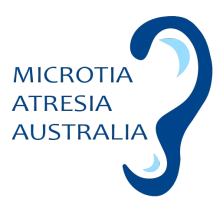MICROTIA AND ATRESIA
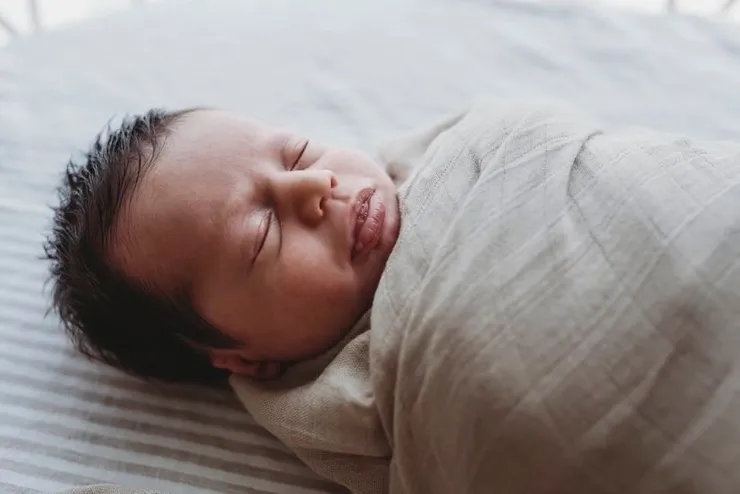
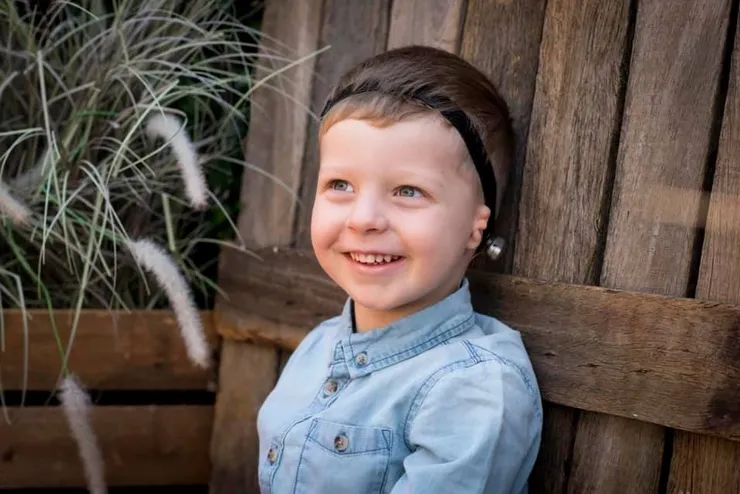
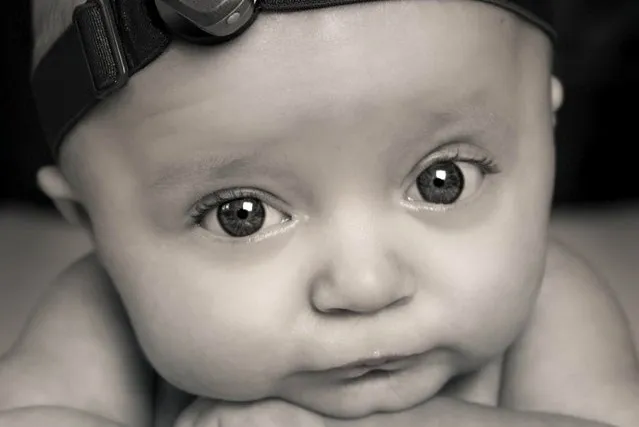
Microtia is a condition characterised by an incomplete or underdeveloped ear. It literally comes from the words “micro” (small) and “otia” (ear).
Aural Atresia is the absence or closure of the ear canal.
Essentially, they are two different conditions, each with their own implications – hearing loss associated with atresia, and the physical appearance associated with microtia. However, in most cases these conditions occur simultaneously.
About Microtia
Microtia is associated with the physical appearance of the ear. It is important for parents to educate themselves about microtia and the different options that are available. They should get accurate and up-to-date information from reliable sources.
Having a child with a physical difference can be difficult at times, so it is important for parents to seek emotional support when needed. Often connecting with other parents who also have children with microtia can be very beneficial.
Facts about Microtia and Atresia
- Occurs 1 in 6000-12000 births
- More prevalent in some ethnicities
- Unilateral in 90% cases
- Right ear more commonly affected
- Slightly more common in males
- Usually presents as an isolated condition
- Hemifacial Microsomia (asymmetry of the face) is presented in 30% of cases
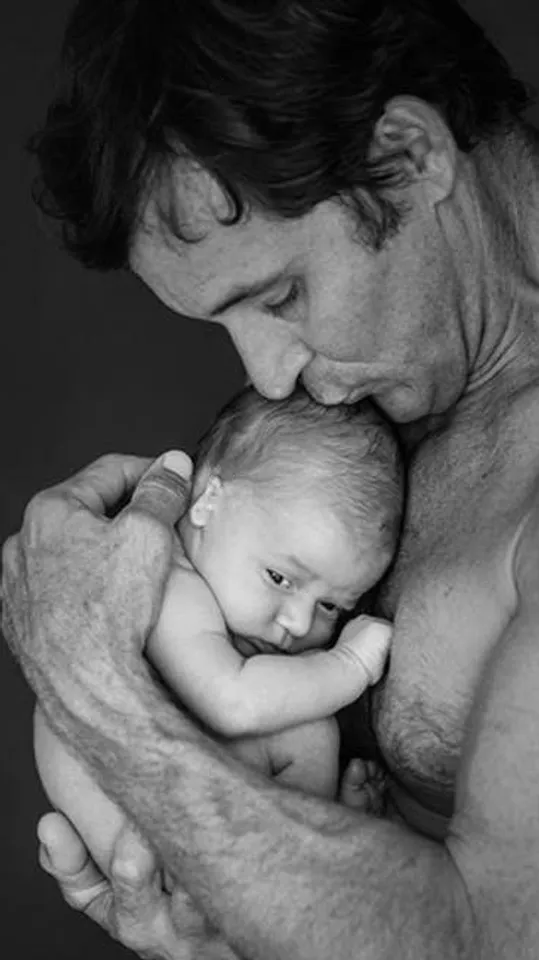
About Atresia
Atresia can be unilateral (affecting one ear) or bilateral (affecting both ears). It is unilateral in 90% of cases. Atresia results in a conductive hearing loss because the sound can’t travel normally to the inner ear. This is caused by the lack of ear canal or middle ear formation.
It is not uncommon for some children to have misshaped ear bones or ossicles as well. Some children may also present with a mixed hearing loss. This is not directly related to their atresia, but due to have a sensory-neural loss in addition to their conductive loss. The degree of hearing loss will vary between individual children, but we generally find it sits around 60dB in children with atresia.
When a new baby is born with microtia and atresia, the first priority is their hearing. They will be referred to an audiologist and offered a bone conduction hearing aid to give them the best access to sound. Parents need to learn about hearing loss and understand their child’s specific hearing loss. The child’s audiologist is a great source of information and can assist parents with any questions that may arise.

What type of hearing aid will my child need?
Because there is no canal for sound to travel through, traditional hearing aids are usually not suitable for atresia patients. Conventional Behind the Ear (BTE) and In the Ear (ITE) hearing aids make sound louder. They rely on air conduction and a functioning middle ear. Therefore, in atresia cases, amplifying the sound will not provide much benefit.
A Bone Conduction Hearing Aid (BCHA) is an effective way to provide hearing to people with outer or middle problems, including atresia, as it bypasses the outer and middle ear altogether. Bone conduction hearing devices use the body’s natural ability to conduct or send sound through bone directly to the inner ear. They allow sound waves to directly stimulate the cochlea and bypass the outer and middle ear.
How does bone conduction work?
This image shows how bone conduction works as opposed to air conduction (hearing via the ear canal).
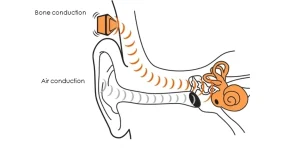
Bone conduction hearing aids/devices redirect sound to the inner ear by sending the sound vibrations through the skull bone directly to the cochlea. They work by detecting sounds through the microphone, changing these sounds to vibrations which travel through the skull to the inner ear. These vibrations cause the fluid in the cochlea to move the tiny hair cells located within the cochlea and send electrical signals to the brain.
Therefore, for people with atresia or other outer and middle ear issues, bone conduction hearing aids bypass these problems and provide an effective hearing solution.
Should children with unilateral (one sided) atresia be treated?
We recommend that all children trial a bone conduction device as early as possible, both for unilateral and bilateral losses. Children need the very best access to sound as early as possible to facilitate the development of normal speech and language.
In the past, children with a unilateral hearing loss were not aided. However, current research now supports the case for aiding children with a unilateral hearing loss. Children with a unilateral hearing loss may hear well in a quiet listening environment such as at home, but unfortunately many environments they are exposed to are not quiet listening environments e.g. shopping centres, day care, playgrounds. They can have difficulty hearing when there is a lot of background noise and also have trouble locating the direction sound is coming from. Hearing devices can help with both of these situations.
Aiding these children gives them the best possible access to sound in all environments and stimulates the auditory nerve and pathways, which is particularly important during those formative early childhood years and also for speech and language development.
Learn more about current treatment and management options
Microtia Treatment Options
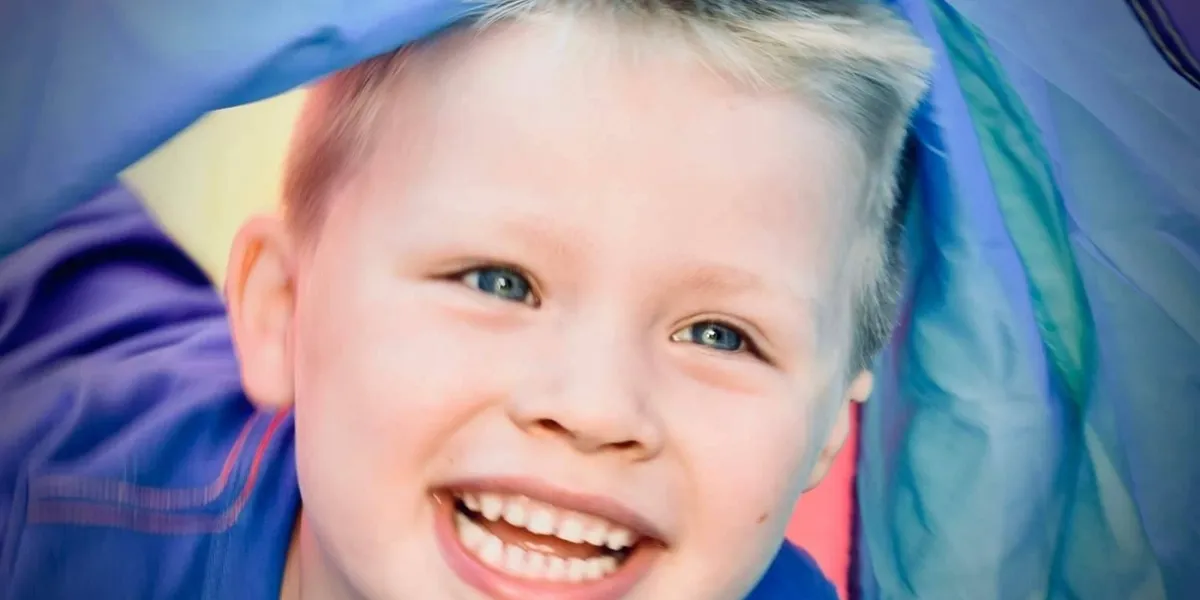
Information about ear reconstruction options and procedures
Atresia Treatment Options
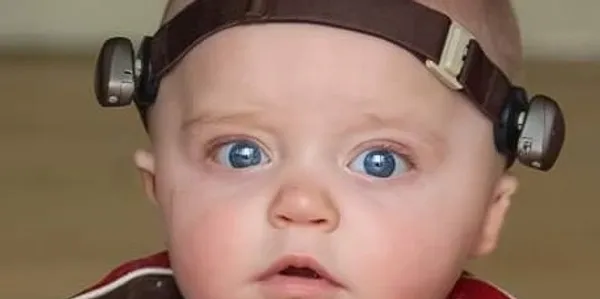
Information about hearing devices and procedures suitable for atresia patients
